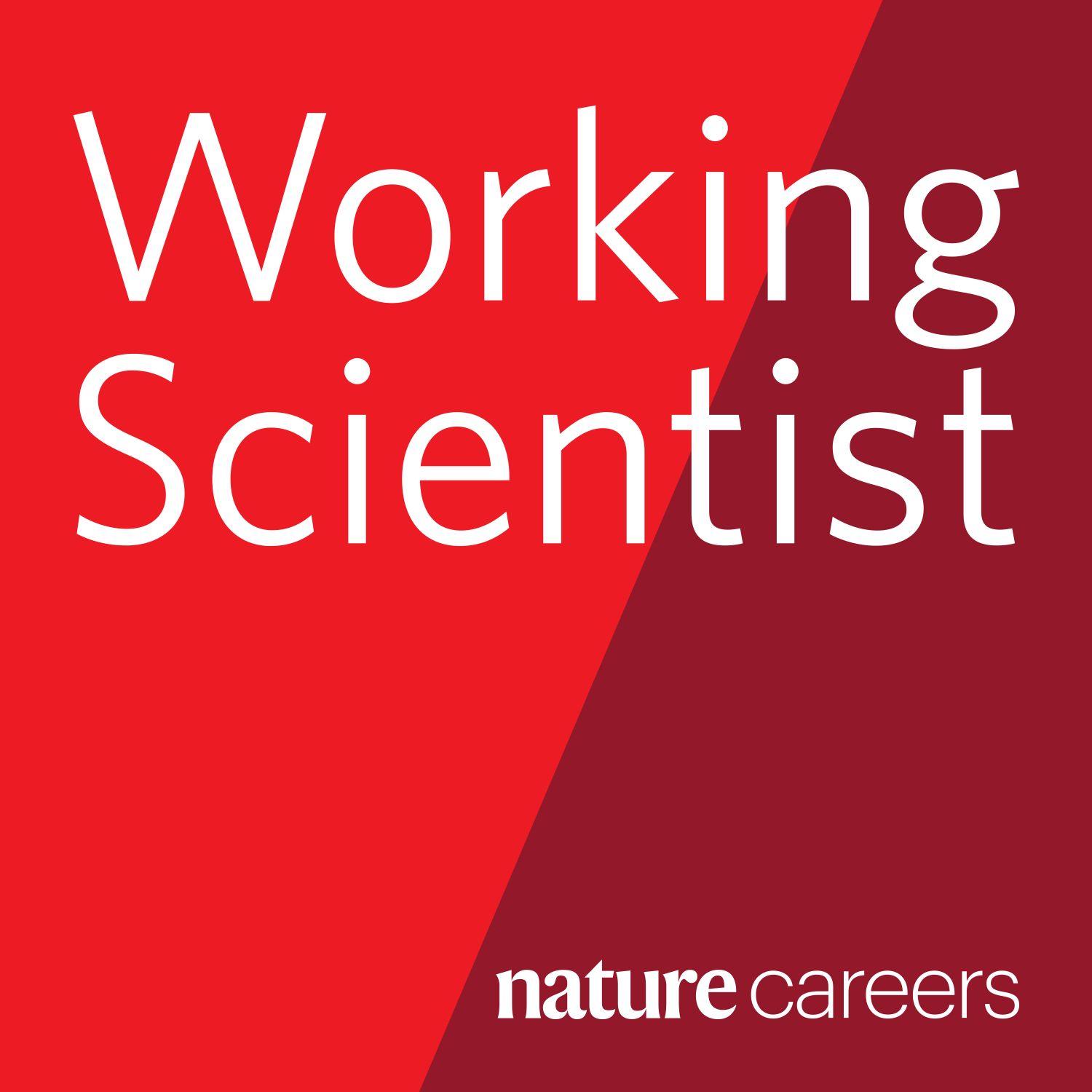Why life as a postdoc is like a circling plane at LaGuardia Airport

What is a postdoc and why undertake one? Julie Gould gets some metaphorical answers to a complicated question.
\u201cA postdoc is a scientist with training wheels,\u201d says Jessica Esquivel, a postdoctoral researcher at Fermilab, the particle physics and accelerator laboratory in Batavia, Illinois. \u201cIt is a space where we can fumble, really start to flex our muscles in building innovative experiments and learn skills that we didn't necessarily get to beef up while we were in graduate school.\u201d
In the first episode of a six-part podcast series, Julie Gould seeks to define this key career stage by asking postdocs past and present why it attracts so many different job titles (37, at the last count), and how many years one should ideally devote to postdoctoral research before moving on. Also, what should come next, given the paucity of permanent posts in academia? Should you do a postdoc if you are planning a career in another sector?
\u201cThe only thing that you absolutely need a postdoc for is to go onto a tenured track faculty position,\u201d says Bill Mahoney, associate dean for student and postdoctoral affairs at the University of Washington Graduate School in Seattle.
Shirley Tilghman, emeritus professor of molecular biology and public affairs at Princeton University in New Jersey, returns to a metaphor coined before COVID-19 lockdowns changed New York\u2019s heavily congested LaGuardia Airport. \u201cPassengers were always finding themselves flying over LaGuardia, over and over and over round in circles.\u201d
\u201cPostdocs were experiencing essentially the same phenomenon, which is that they were longer and longer and longer in postdoctoral positions waiting for their turn to finally have a chance to land.\u201d
Hosted on Acast. See acast.com/privacy for more information.